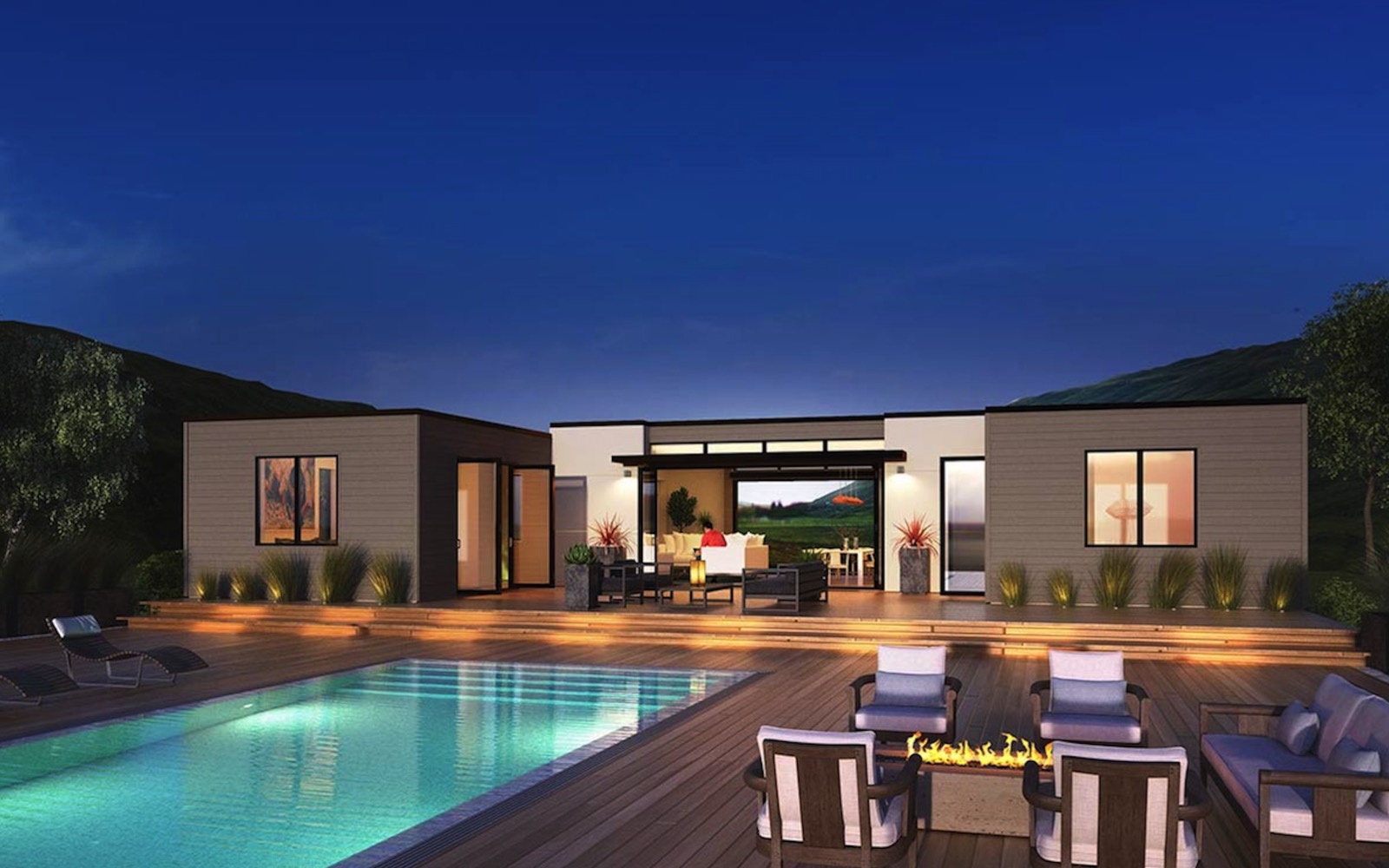The Hero
A hero image is one that fills the browser width and has a fixed height. It is normally used as a header or banner near the top of the page. There are a couple of things about hero images that everybody designing we sites should be aware of with regard to image size and user experience.
Image Size
It should be obvious that you can't just insert a full width, fixed height image into a responsive page. The size of the image required to give reasonable quality when the page is viewed on destop computers is far too large for those using mobile devices.
The image should be inserted in three different sizes - one for each device type.
To be able to switch image sizes using media queries, the images can either be inserted as background images or by using the HTML5 <picture> element. The main advantage of using the <picture> is that the main image can be inserted with alt text whereas a background image cannot.
User Experience
As the browser or device window width is reduced, the center of the image remains in view but the areas to the left and right are hidden. The narrower the screen width - the worse it gets.
A better option is to change the image's behavior from fixed height on wider browser/screen widths to responsive height on mobile devices.
If viewing this page on a computer, reduce the browser width to see how the images changes from fixed to responsive height and then to viewport height on phones in portrait mode. Viewport height is a height of 100 viewport units which means that the item fills the browser/device window height no matter what size it is.
